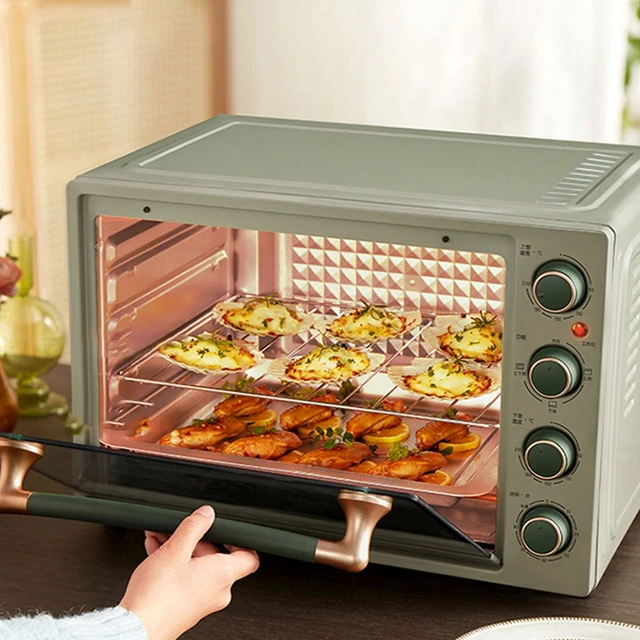Introduction:
Ovens have been a fundamental tool in cooking for centuries, providing a controlled environment for baking, roasting, and heating food. The history of ovens spans thousands of years, with various civilizations contributing to the development and refinement of this essential cooking appliance. In this article, we will explore the origins and evolution of ovens, discussing their invention, early forms, technological advancements, and their impact on culinary practices throughout history. By understanding the timeline and progression of oven development, we can appreciate the significance of this invention in the way we prepare and enjoy food today.
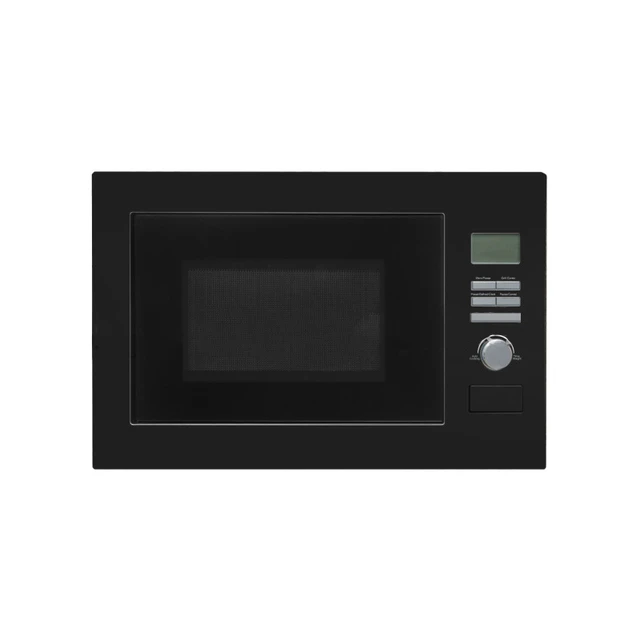
When were ovens invented?
Ancient Origins:
a. Early Heat Sources: The earliest ovens can be traced back to ancient civilizations that employed heat sources such as open fires, hot coals, or heated stones for cooking. These primitive methods provided rudimentary heat control but lacked the enclosed space and consistent temperature regulation characteristic of modern ovens.
b. Mesopotamian Clay Ovens: Around 3000 BCE, the Mesopotamians, in present-day Iraq and Iran, developed the first clay ovens. These ovens featured a simple dome-shaped construction made of clay or mud bricks, providing an enclosure for baking bread and other food items.
Greek and Roman Influence:
a. Greek Baking Techniques: Ancient Greeks were renowned for their culinary advancements, including the development of specialized ovens. They introduced techniques such as enveloping food in dough (encased baking) and using different heat sources for specific dishes.
b. Roman Domed Ovens: The Romans further refined oven technology by introducing domed ovens known as “furnus” or “fornax.” These ovens were constructed with brick or stone and often had multiple chambers, allowing for simultaneous cooking of various dishes at different temperatures.
Medieval and Renaissance Periods:
a. European Brick Ovens: During the Medieval and Renaissance periods, ovens in Europe evolved to incorporate permanent brick structures. These ovens were typically built outside homes or in communal spaces and were fueled by wood or coal.
b. Bread-Baking Ovens: Ovens became integral to the production of bread, a staple food of the time. Large communal bread ovens were constructed to accommodate the baking needs of entire villages or towns.
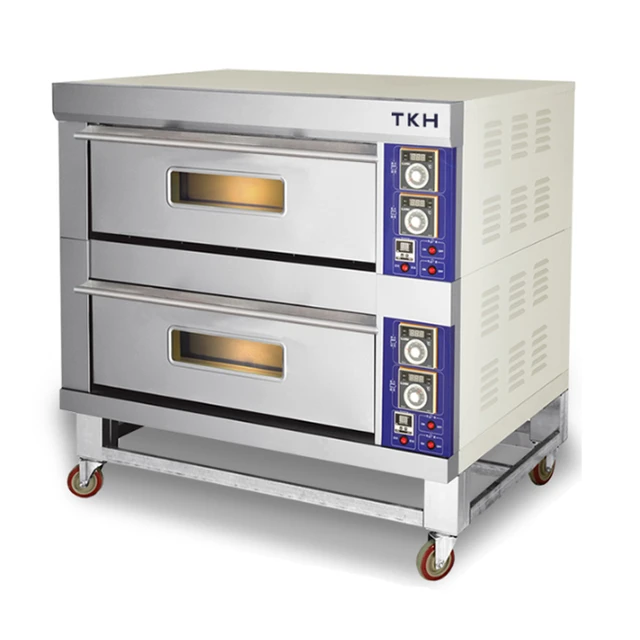
Industrial Revolution and Modern Ovens:
a. Coal and Gas Ovens: The Industrial Revolution brought significant advancements in oven technology. Coal-fired ovens gained popularity in the 18th century, followed by gas ovens in the 19th century. These ovens featured better heat control and increased efficiency.
b. Cast Iron Stoves: In the early 19th century, cast iron stoves emerged as an alternative to traditional masonry ovens. These stoves allowed for more precise temperature regulation and improved cooking capabilities.
c. Introduction of Electric Ovens: The late 19th century saw the introduction of electric ovens. The development of electric heating elements revolutionized cooking by providing a reliable and adjustable source of heat.
d. Technological Advancements: Throughout the 20th century, ovens underwent numerous technological advancements. Gas ovens became more widespread, and electric ovens incorporated features such as temperature controls, timers, and automatic shut-offs.
Modern Oven Innovations:
a. Convection Ovens: In the mid-20th century, convection ovens were introduced. These ovens use a fan or fans to circulate hot air, providing faster and more even cooking results.
b. Microwave Ovens: The 1940s witnessed the invention of microwave ovens, which revolutionized cooking by utilizing microwave radiation to heat food rapidly. Microwave ovens gained popularity for their speed and convenience.
c. Self-Cleaning Ovens: In the 1960s, self-cleaning ovens were introduced, eliminating the need for labor-intensive manual cleaning. These ovens utilize high temperatures or pyrolytic cleaning cycles to burn off food residue.
d. Smart Ovens: With the advent of the Internet of Things (IoT), smart ovens have emerged, incorporating Wi-Fi connectivity, touchscreen interfaces, and digital assistants to provide enhanced control and convenience in cooking.
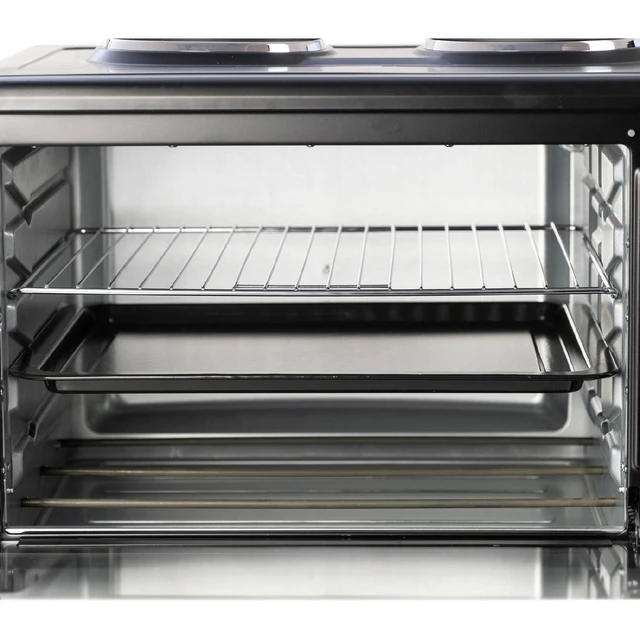
Cultural and Regional Variations:
a. Tandoor Oven: In South Asian and Middle Eastern cultures, the tandoor oven has been a staple for centuries.
b. Earth Ovens: Various indigenous cultures across the world use earth ovens, also known as pit ovens.
Contemporary Oven Design:
a. Electric and Gas Combination Ovens: Modern ovens often offer the convenience of both electric and gas cooking methods. These combination ovens provide flexibility by allowing users to choose between gas and electric heat sources.
b. Built-in and Freestanding Ovens: Ovens are available in different formats, including built-in and freestanding models. Built-in ovens seamlessly integrate with cabinetry, providing a streamlined aesthetic, while freestanding ovens offer mobility and versatility.
c. Size and Capacity Options: Ovens are available in various sizes and capacities to accommodate different cooking needs. Single ovens, double ovens, and compact ovens offer options for both small and large kitchens.
Future Trends and Innovations:
a. Energy Efficiency: With a growing focus on sustainability and energy conservation, the future of oven technology will likely prioritize energy efficiency. Advancements in insulation materials, heating elements, and heat distribution systems may lead to ovens that consume less energy while maintaining excellent cooking performance.
b. Smart Home Integration: As smart home technology continues to advance, ovens are expected to become more integrated with other connected devices. Voice control, mobile app connectivity, and integration with virtual assistants may enable users to control their ovens remotely, access recipes, and receive notifications about cooking progress.
c. Advanced Cooking Technologies: Ovens of the future may incorporate advanced cooking technologies to simplify and enhance the cooking process. This can include features such as precision temperature control, automated cooking programs, and sensors that monitor food doneness for perfect results.
d. Enhanced Safety Features: Safety will remain a significant focus in oven design. Innovations may include improved insulation to prevent burns, automatic shut-off mechanisms, and advanced ventilation systems to ensure safe operation.
e. Multi-functionality and Modular Designs: Future ovens may offer increased multi-functionality, allowing users to perform various cooking methods within a single appliance. Additionally, modular designs may enable customization and flexibility, enabling users to personalize their cooking experience according to their specific needs.

Selecting the Right Oven:
a. Consider Cooking Needs: When choosing an oven, it is essential to consider your specific cooking needs and preferences. Think about the types of dishes you regularly prepare, the cooking techniques you prefer, and the features that would enhance your culinary experience.
b. Space and Kitchen Layout: Assess your available kitchen space and consider whether a built-in or freestanding oven would be more suitable. Ensure that the oven’s dimensions align with your kitchen layout for seamless integration or placement.
c. Budget and Long-Term Investment: Set a budget for your oven purchase and consider the long-term value and durability of the appliance. It is often worthwhile to invest in a high-quality oven that will last for years and provide excellent cooking performance.
d. Research and User Reviews: Conduct thorough research and read user reviews to gain insights into the performance, reliability, and overall satisfaction of different oven models. Online platforms, consumer review websites, and professional kitchen equipment reviews can provide valuable information to inform your decision.
e. Consult with Professionals: If needed, consult with kitchen designers, appliance experts, or professional chefs who can provide guidance based on their expertise and experience. They can help you understand the specific features and technologies that would best meet your cooking needs.
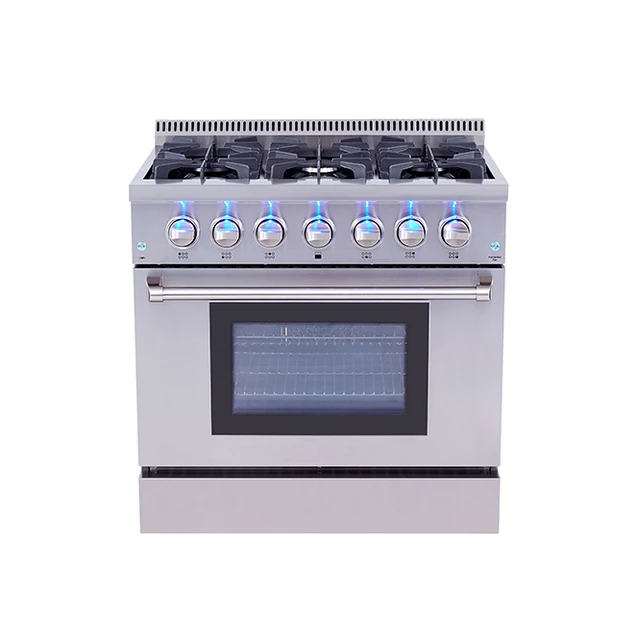
Conclusion:
The invention and evolution of ovens have shaped the way we cook and enjoy food throughout history. From the simple clay ovens of ancient civilizations to the technologically advanced electric, gas, convection, and smart ovens of today, ovens have undergone significant transformations. The development of ovens has been driven by a desire for more controlled heat, efficiency, convenience, and versatility in cooking. As we continue to innovate and adapt to changing culinary needs, ovens will undoubtedly play an integral role in our kitchens, providing a means to explore and create delicious meals for generations to come.

